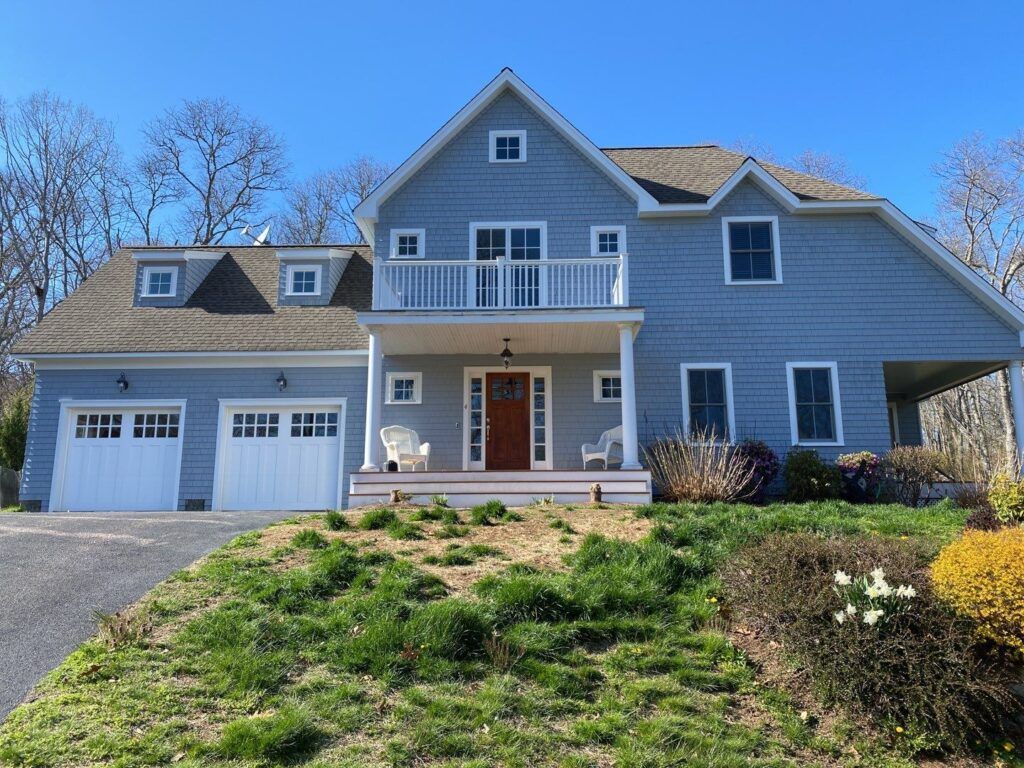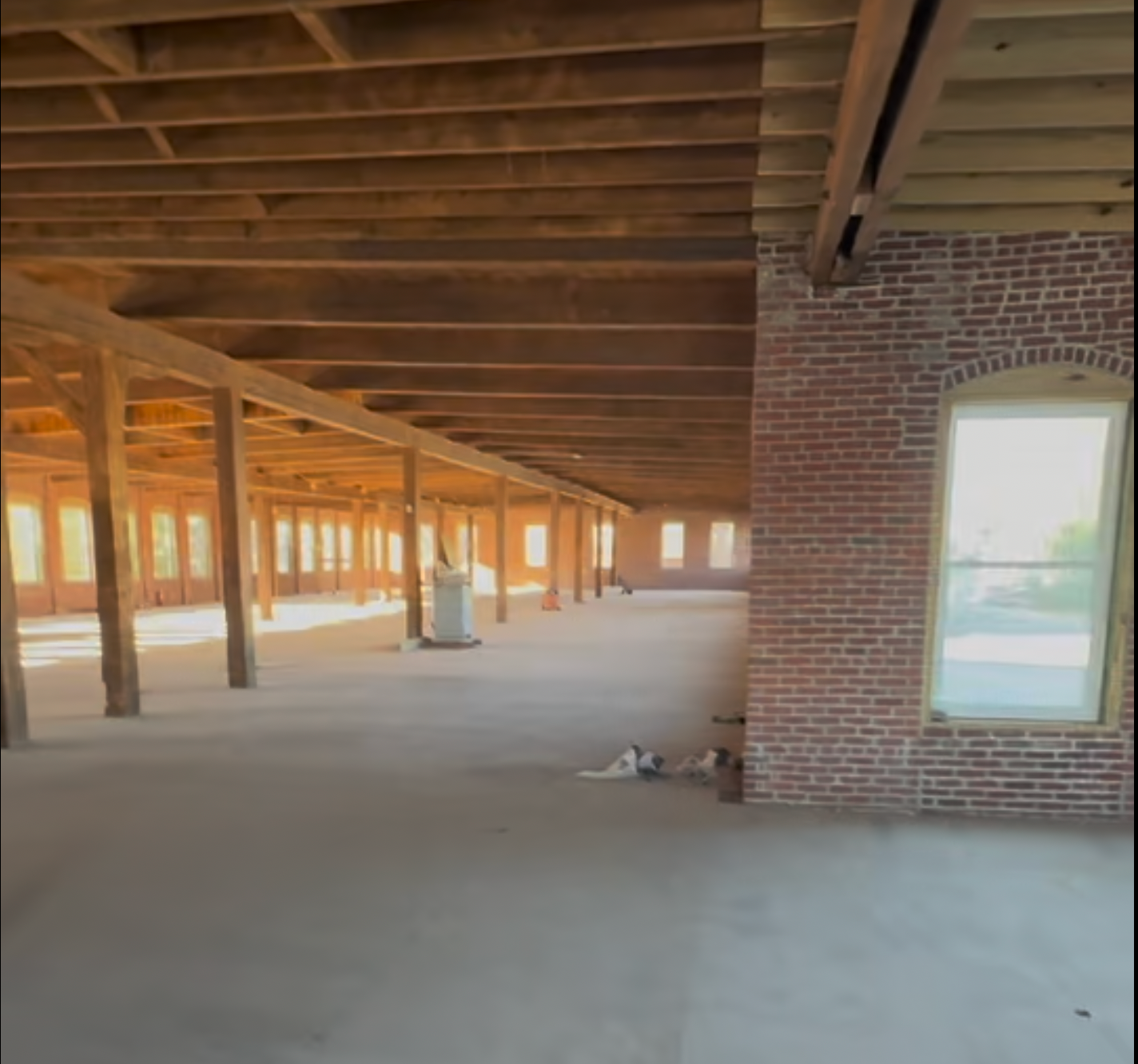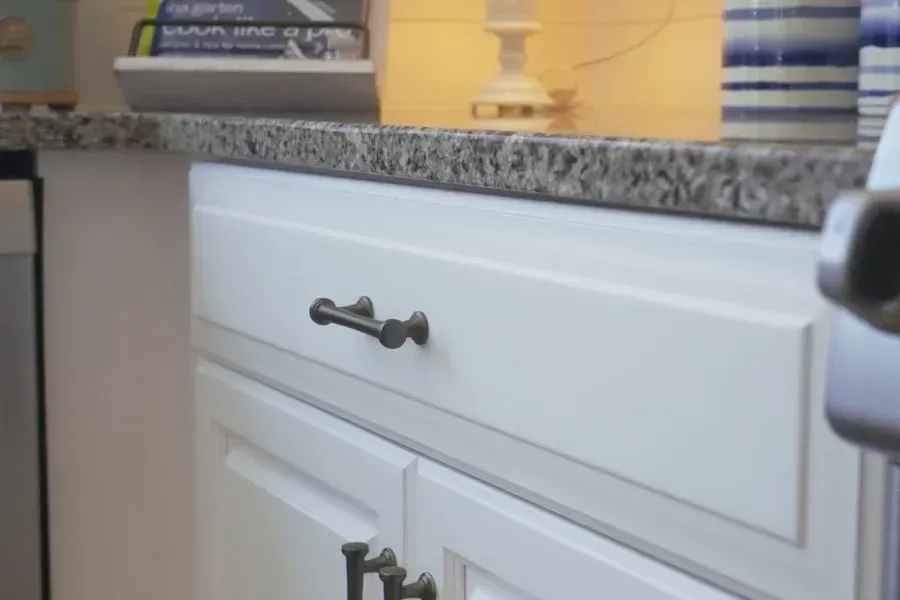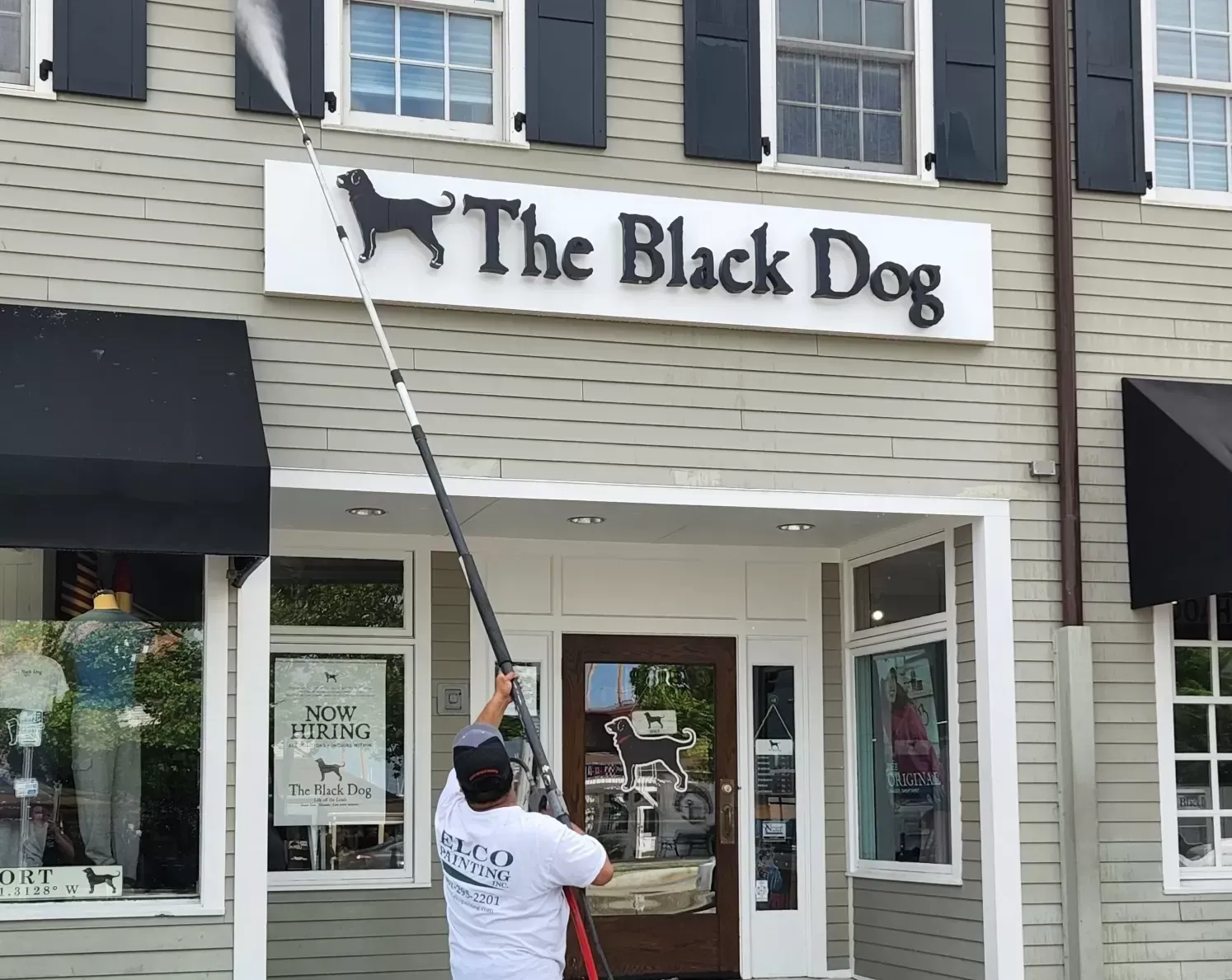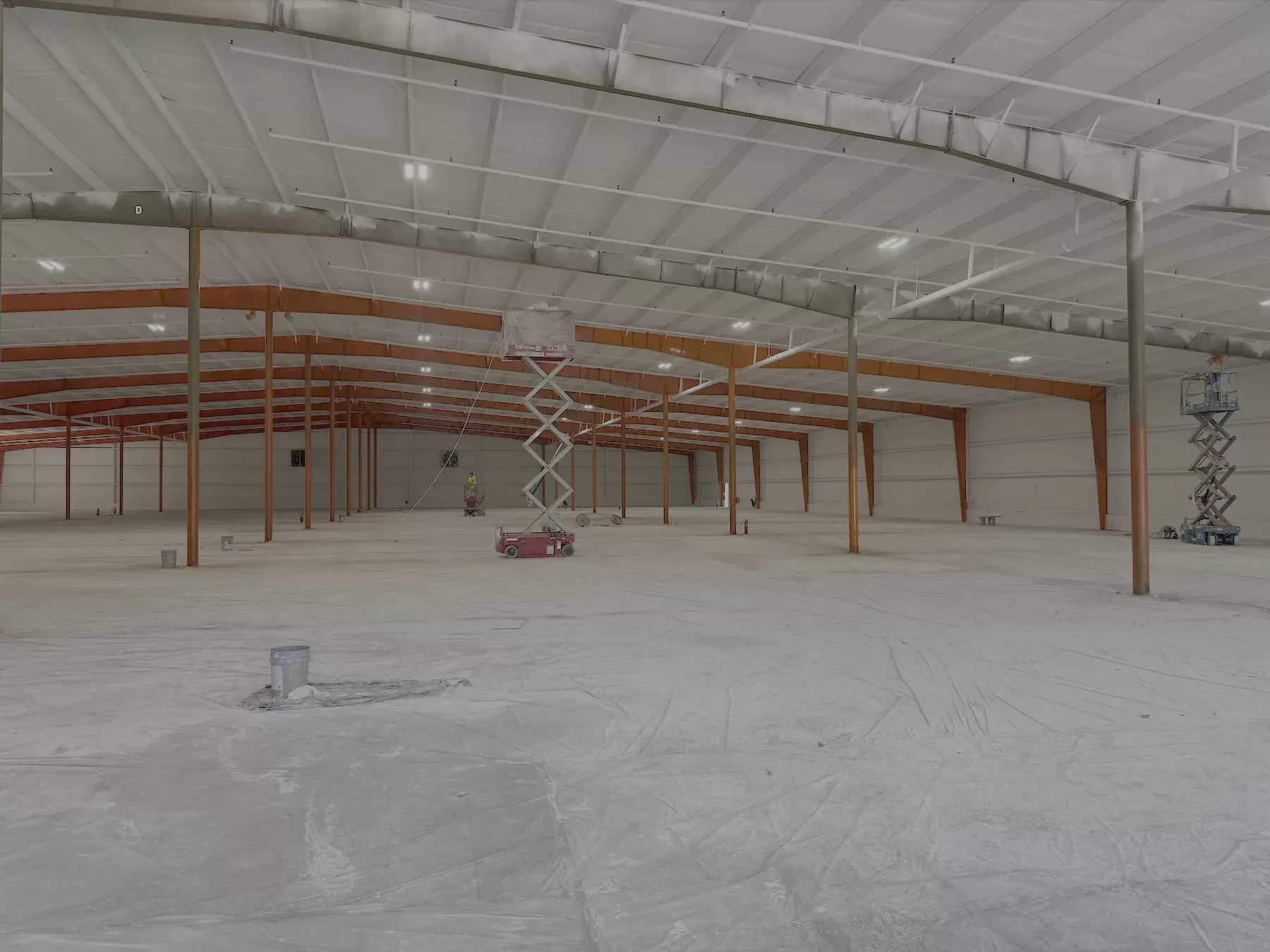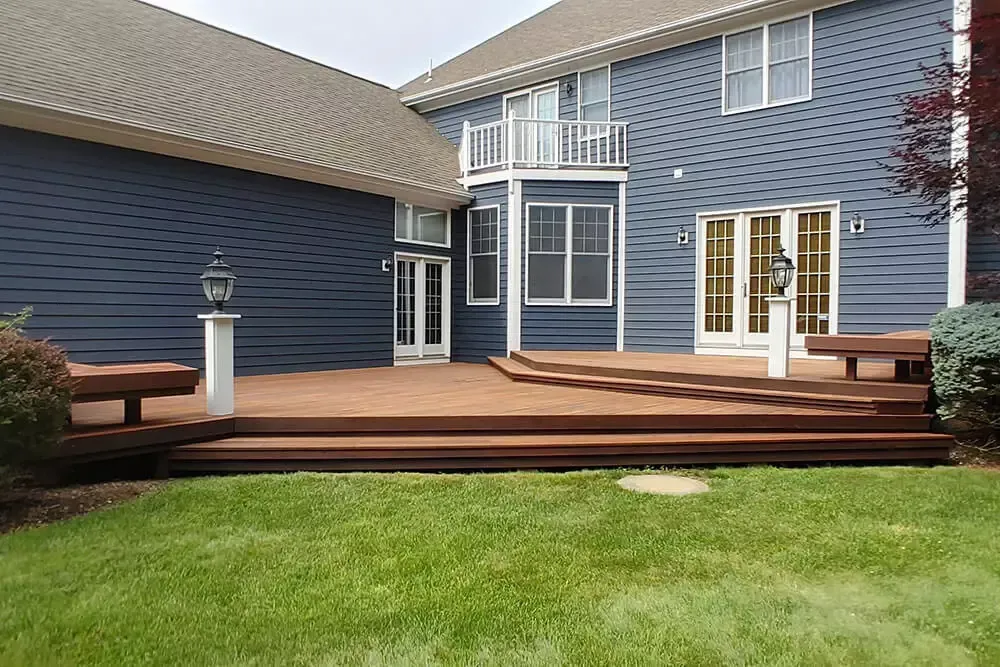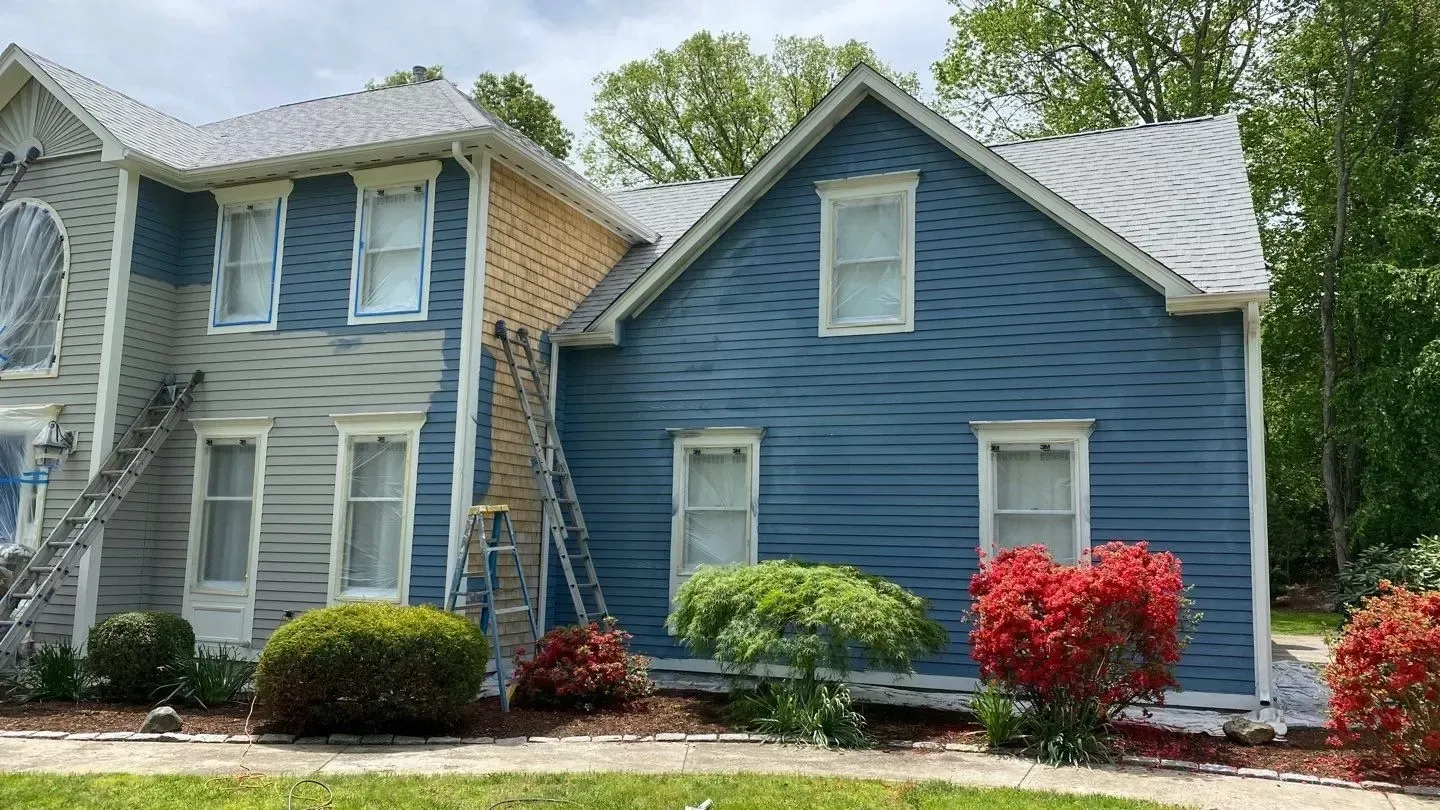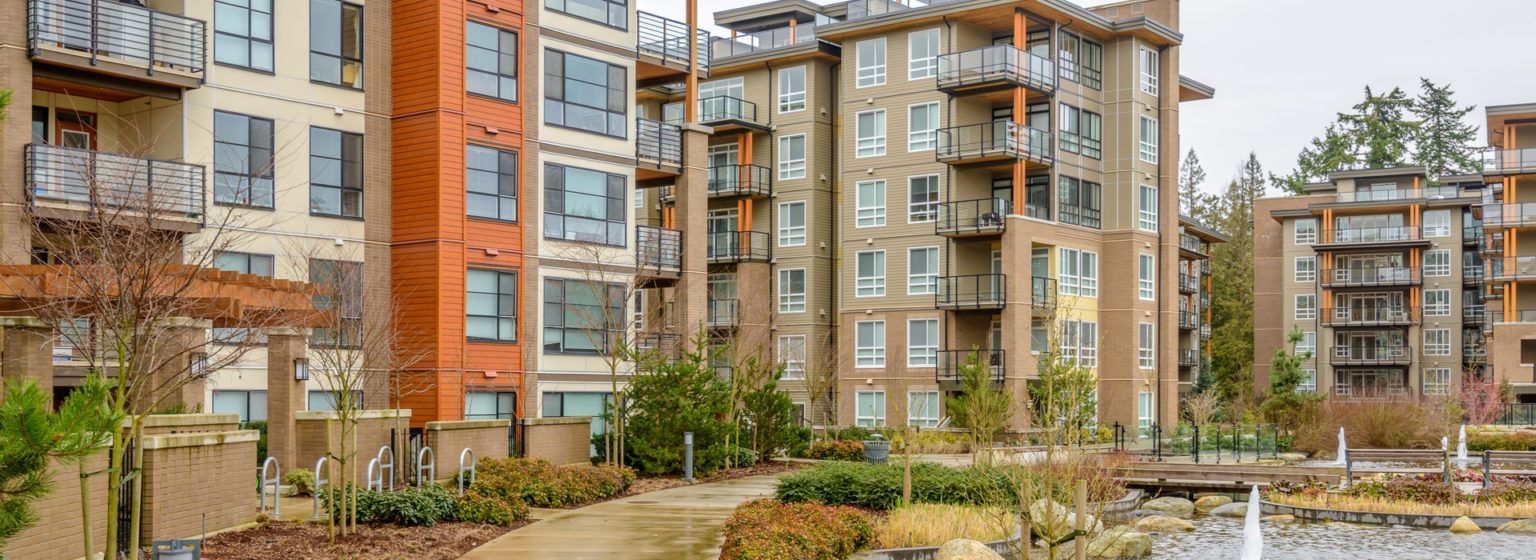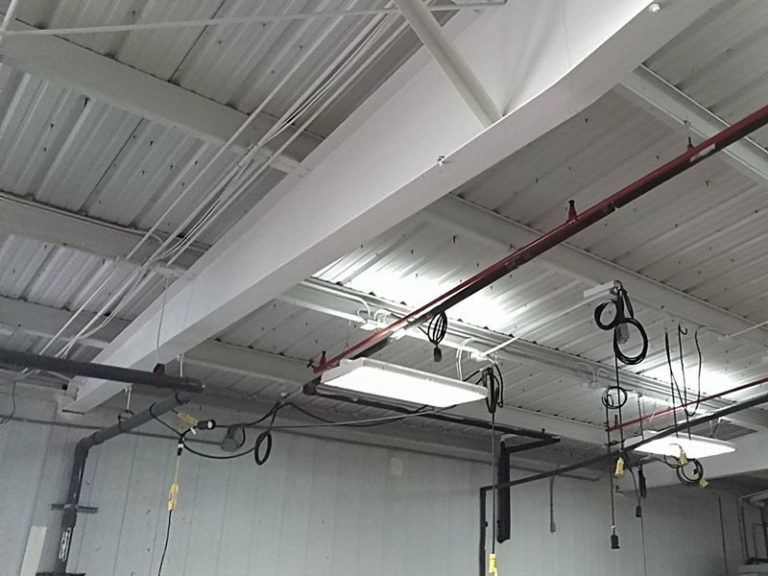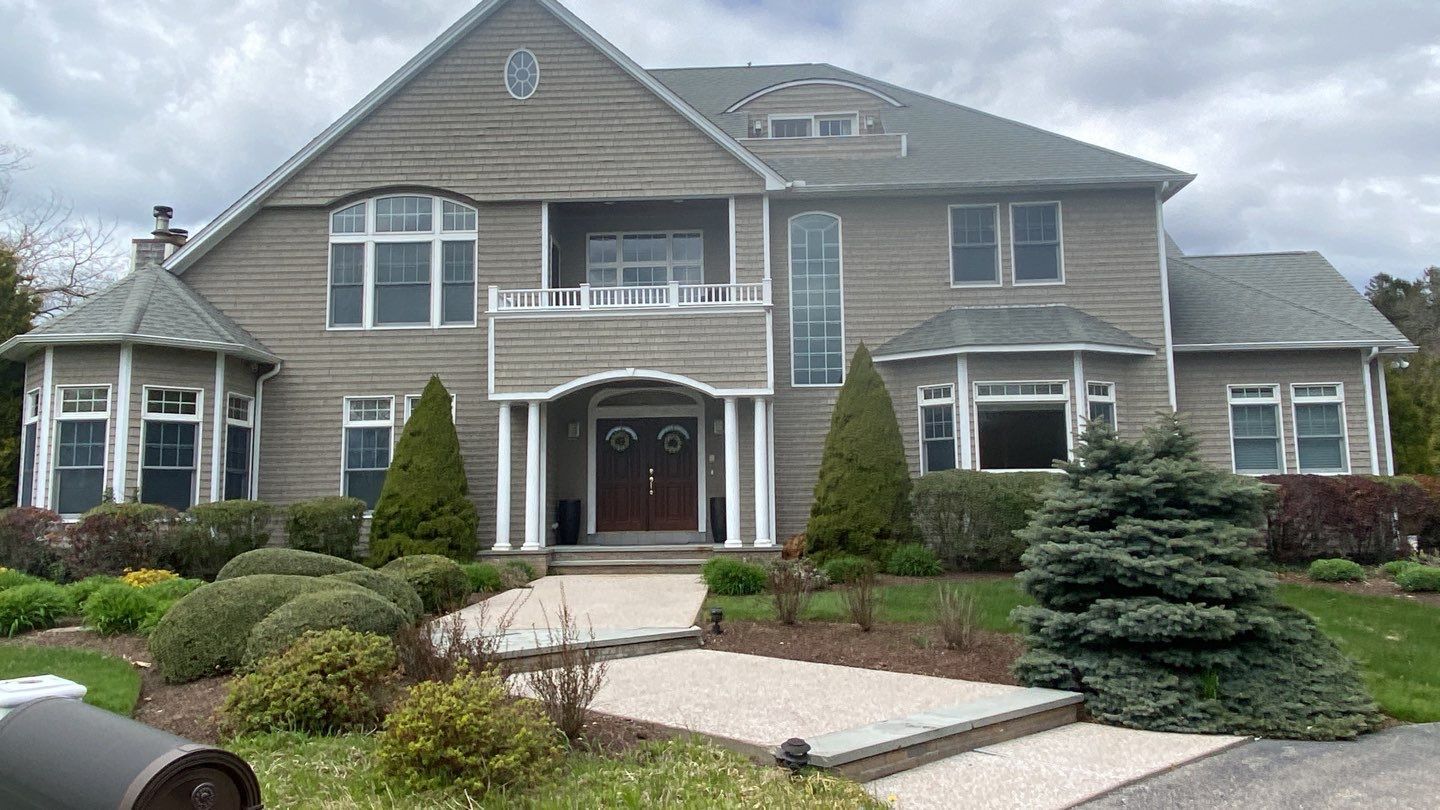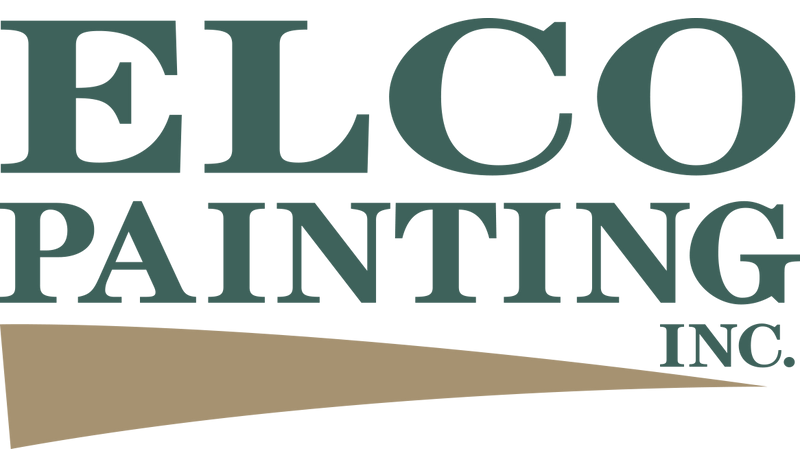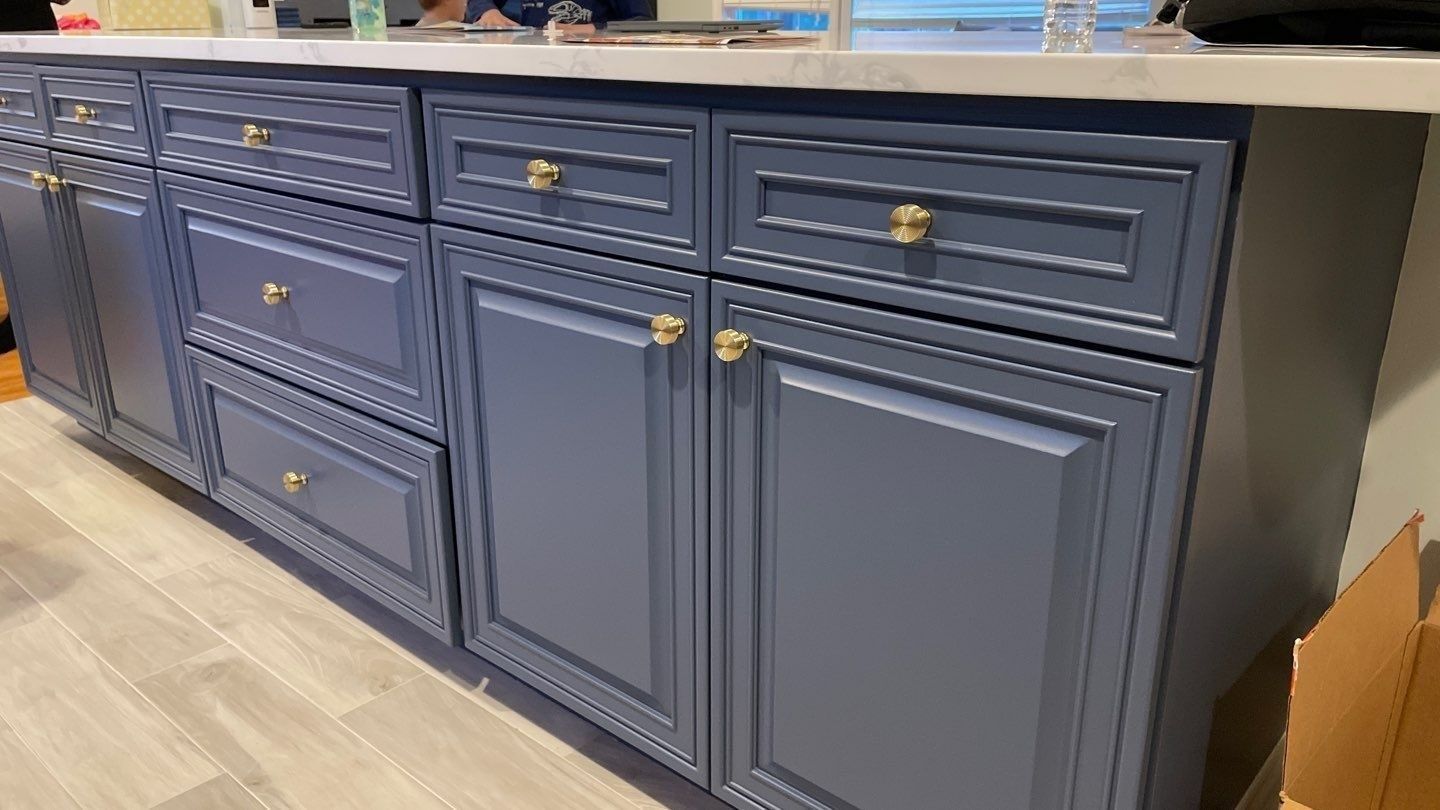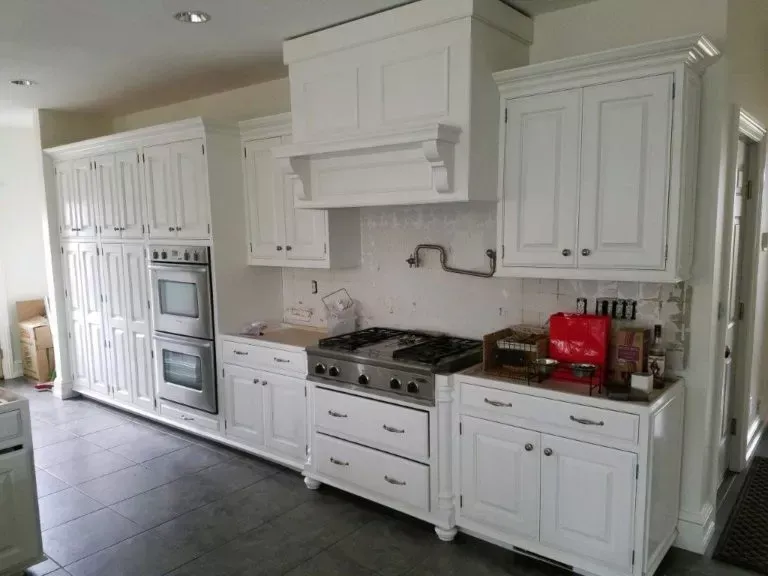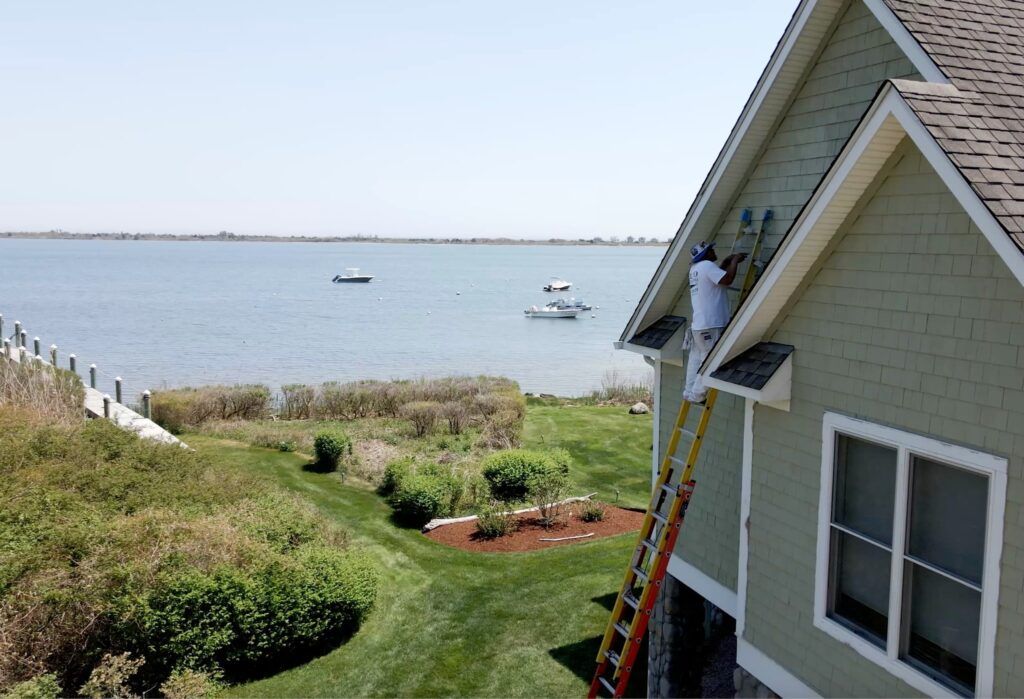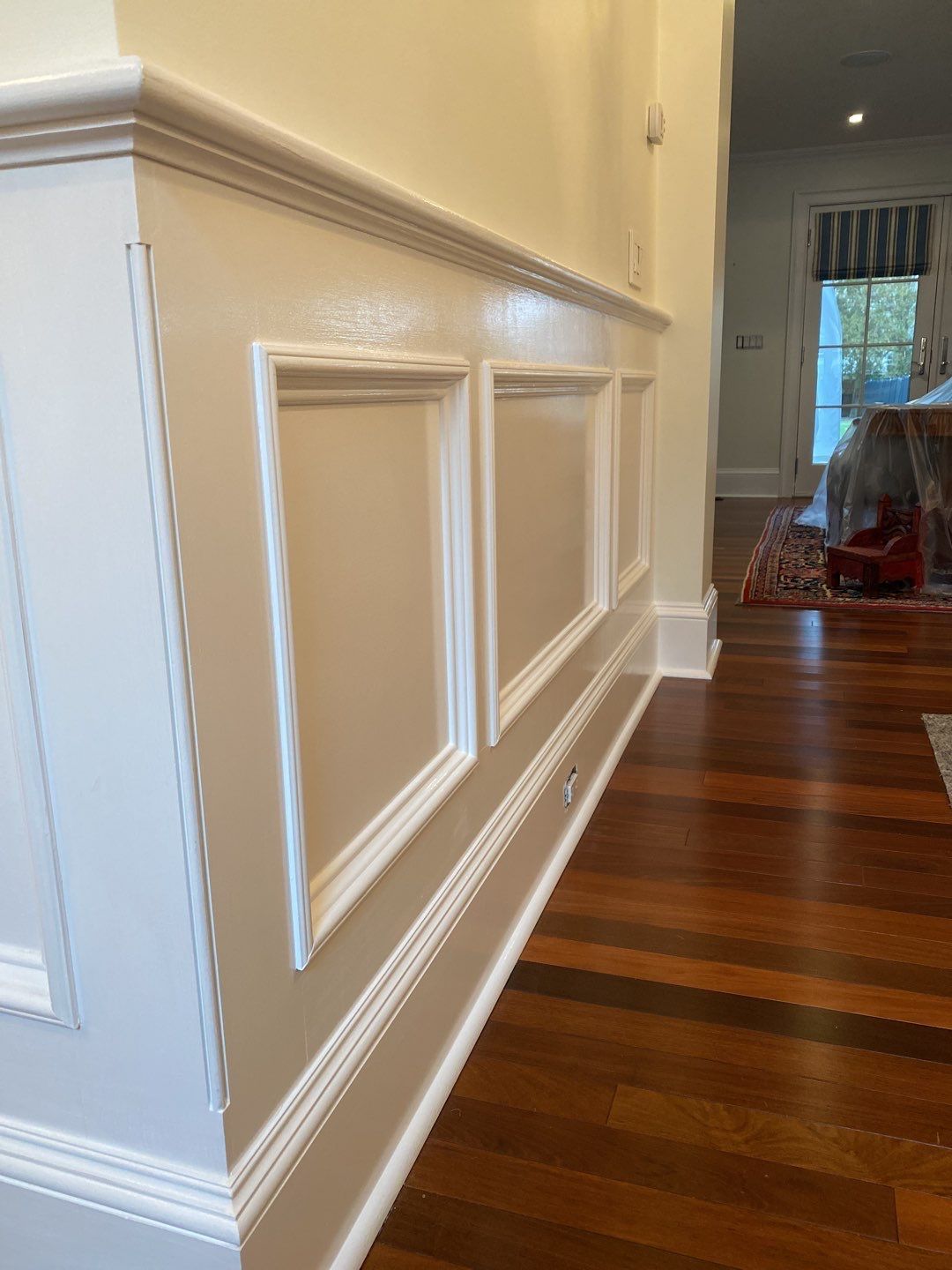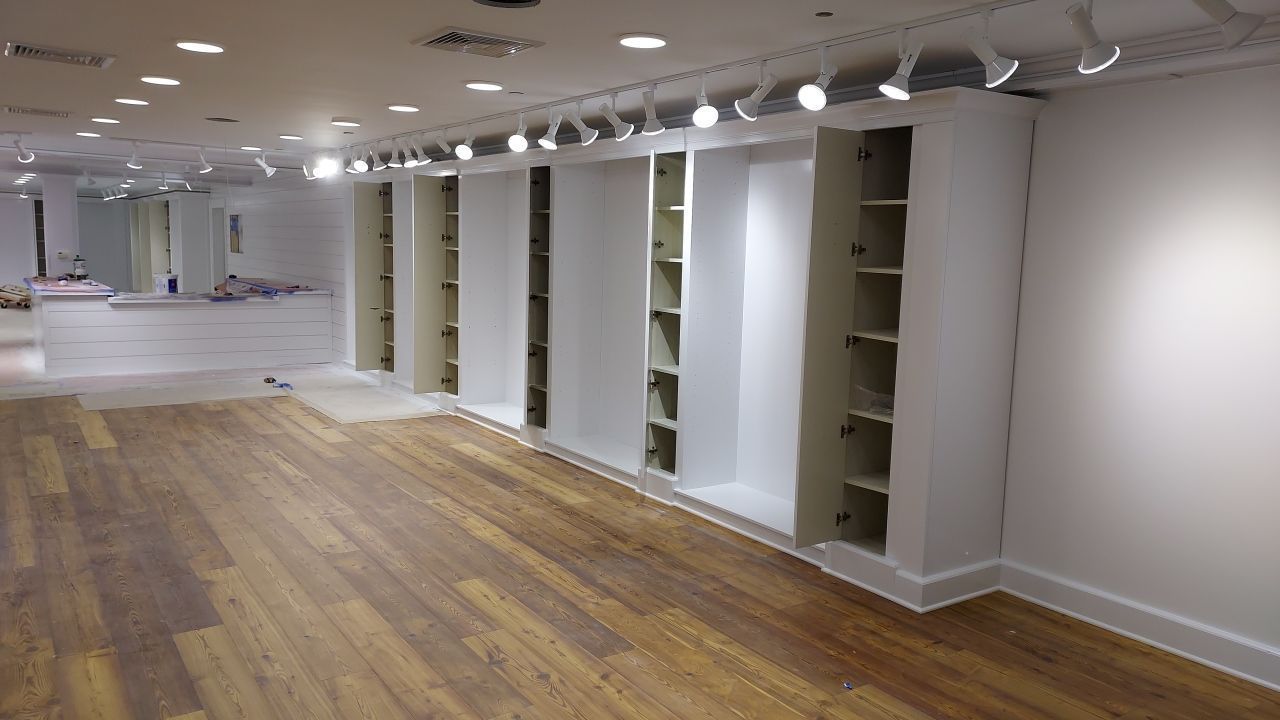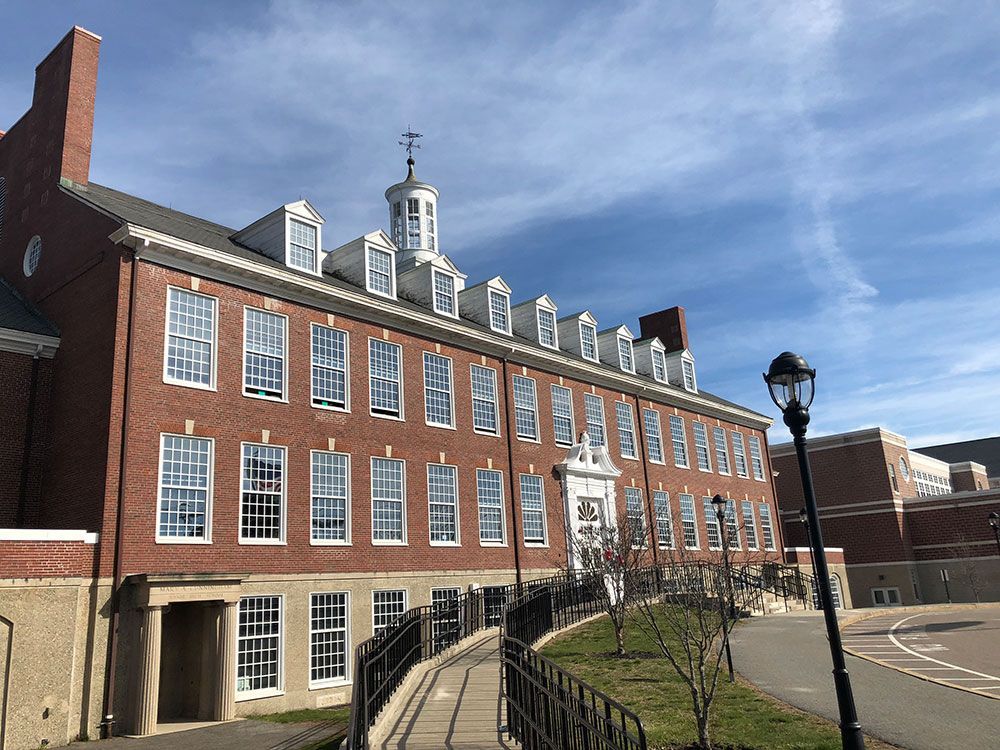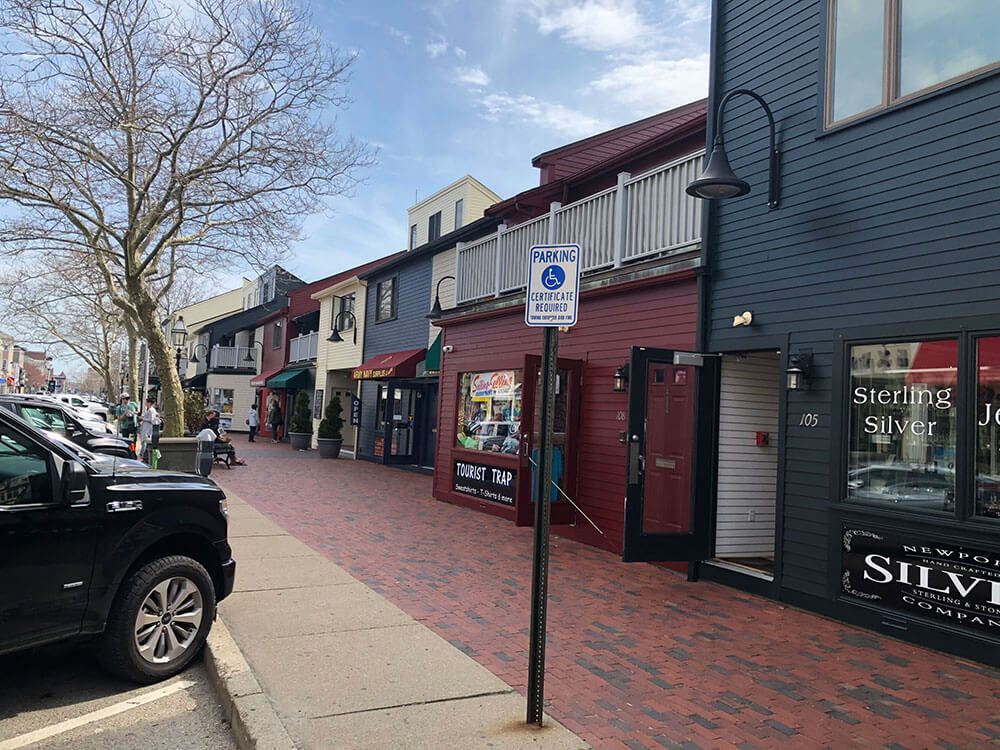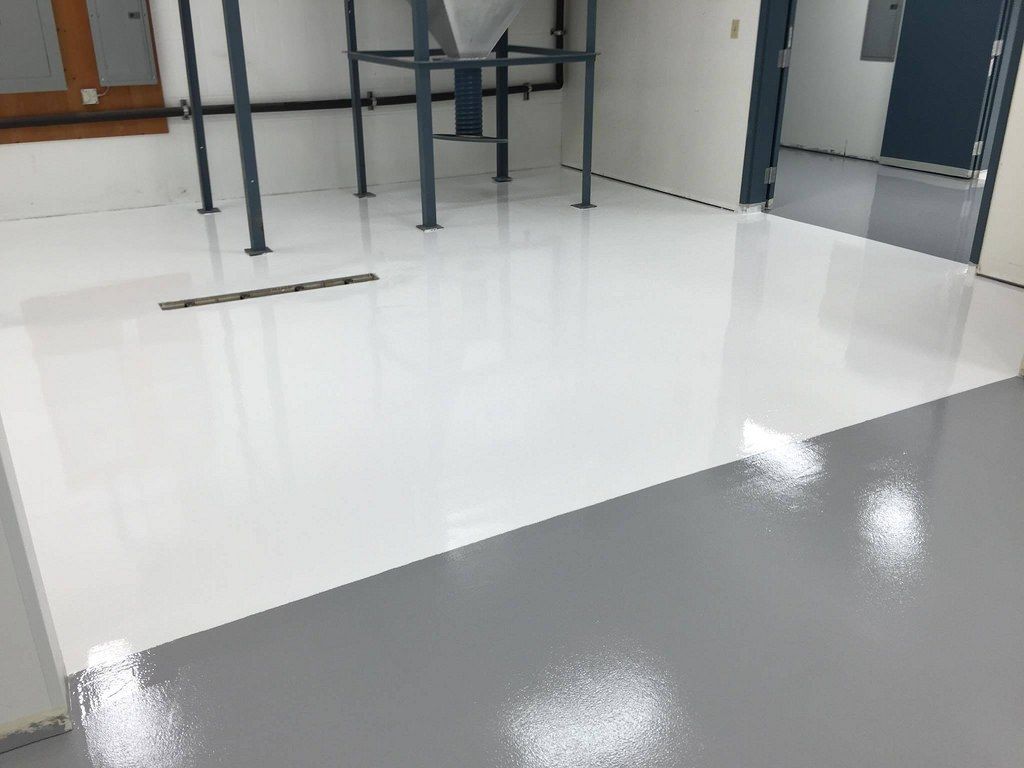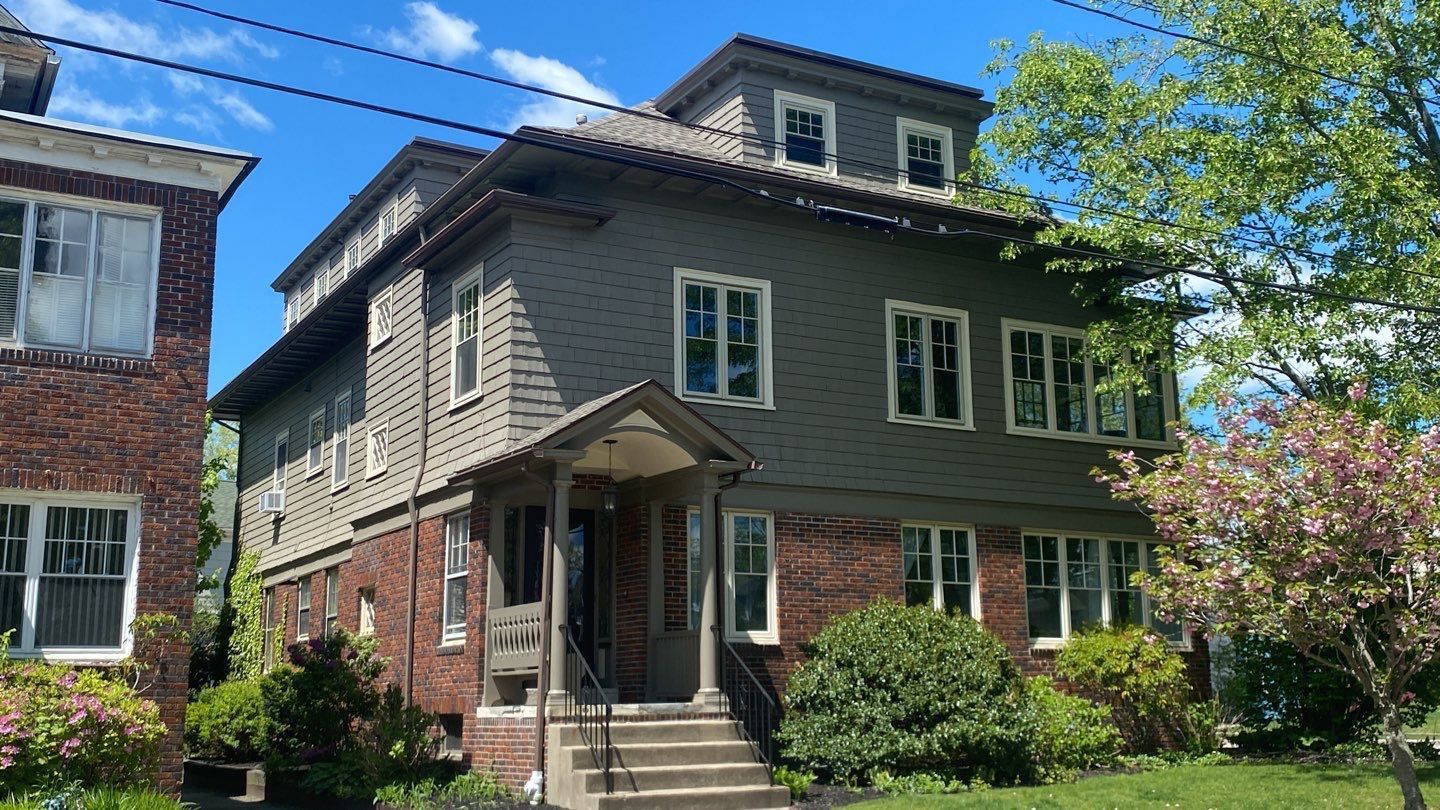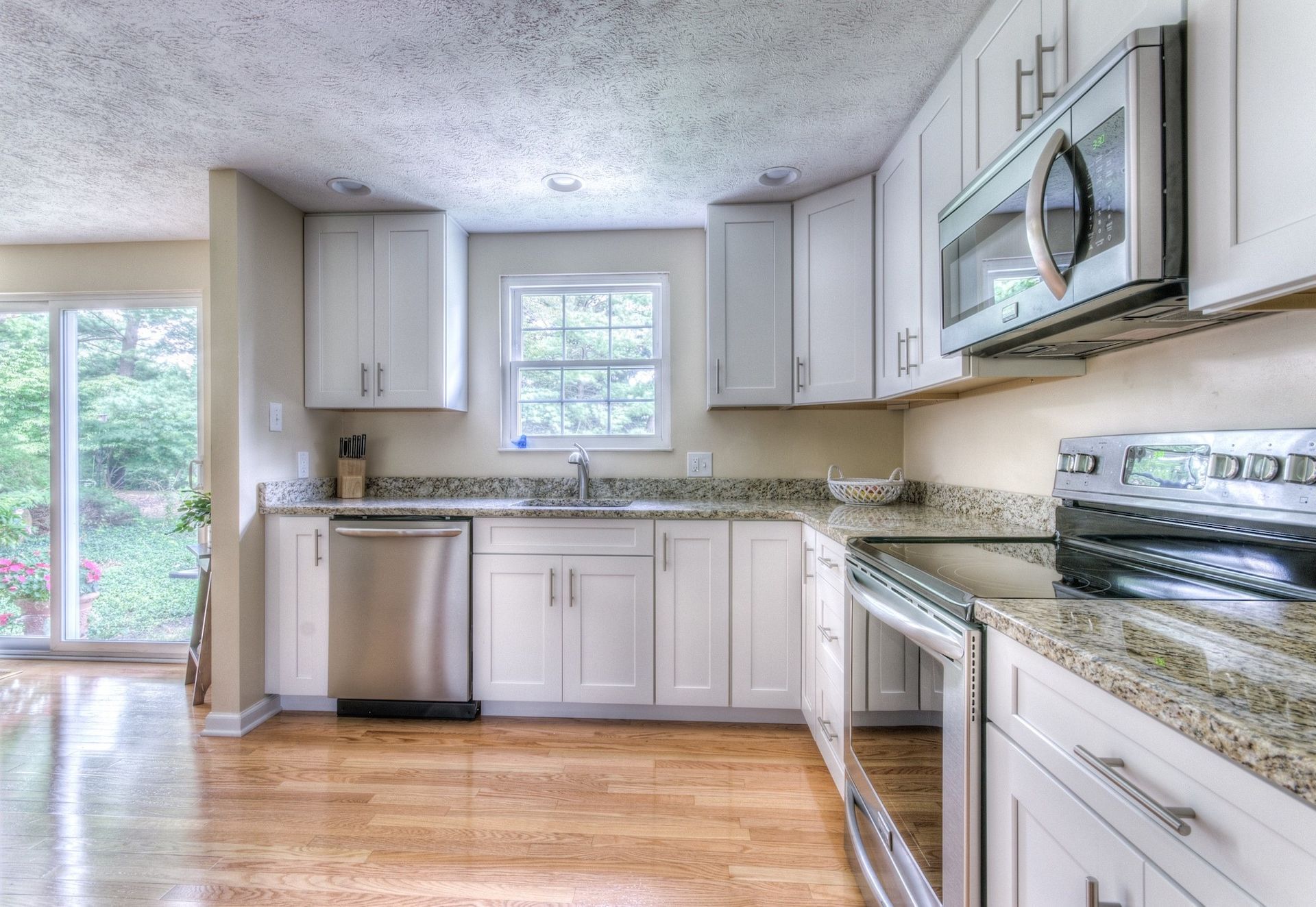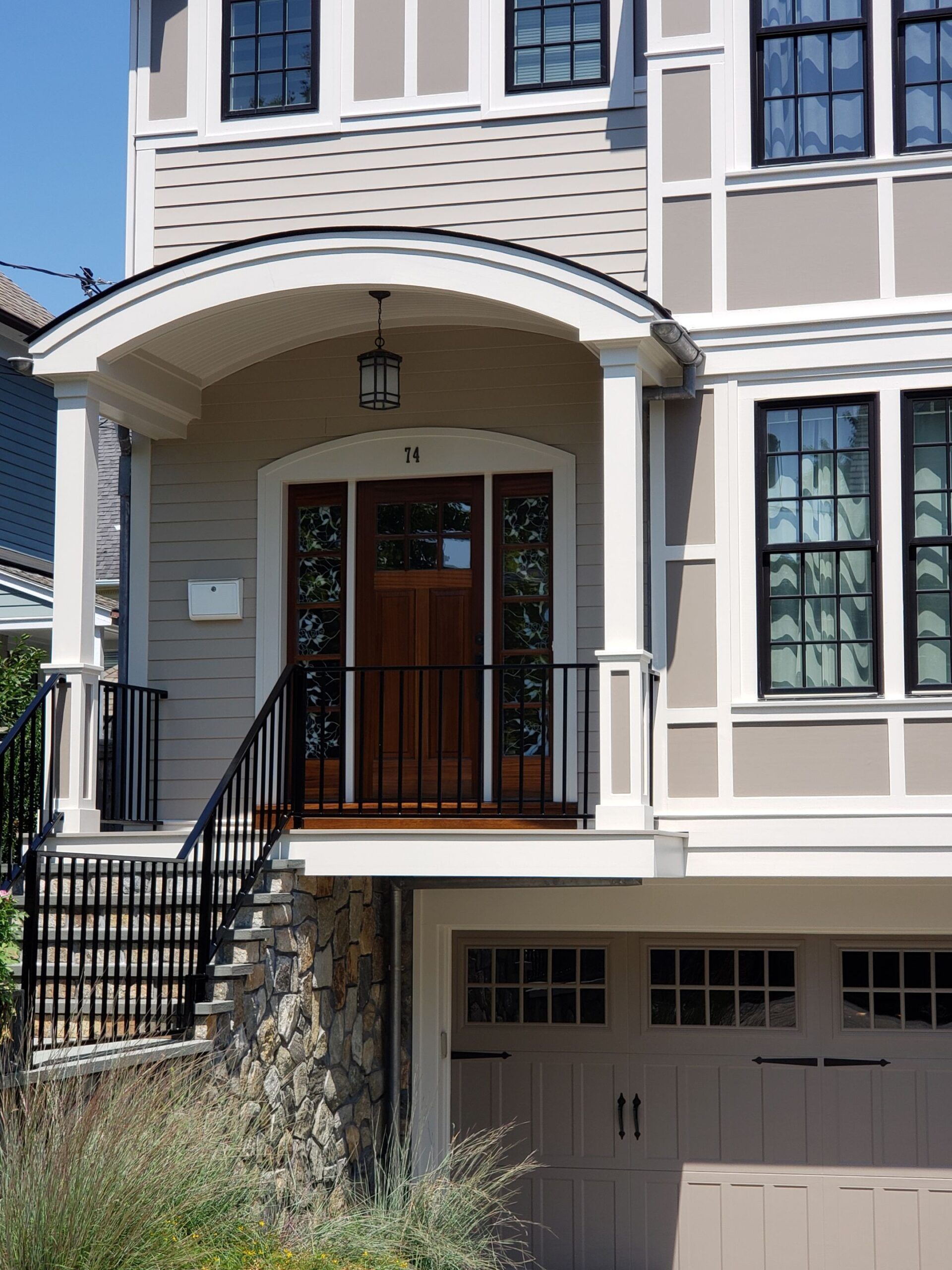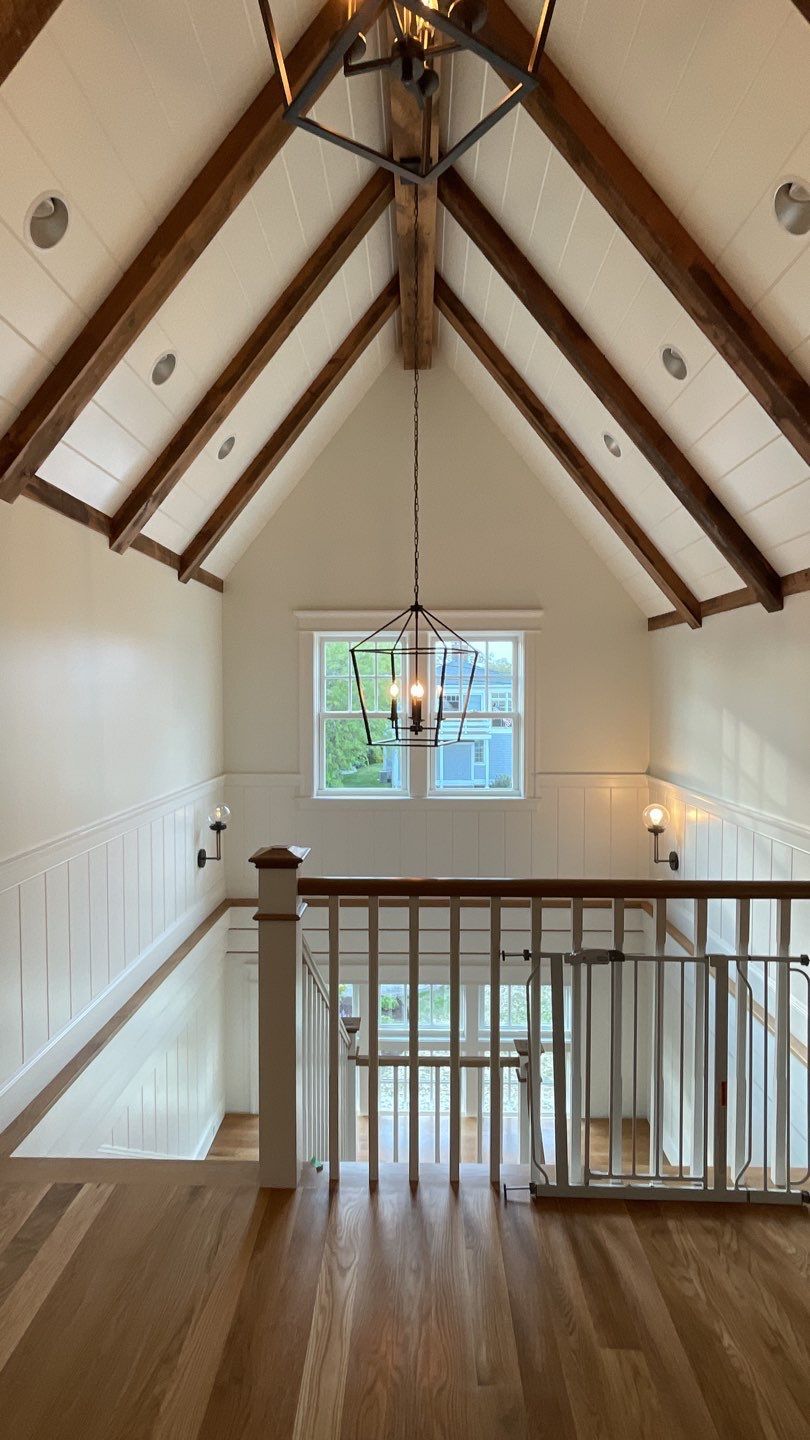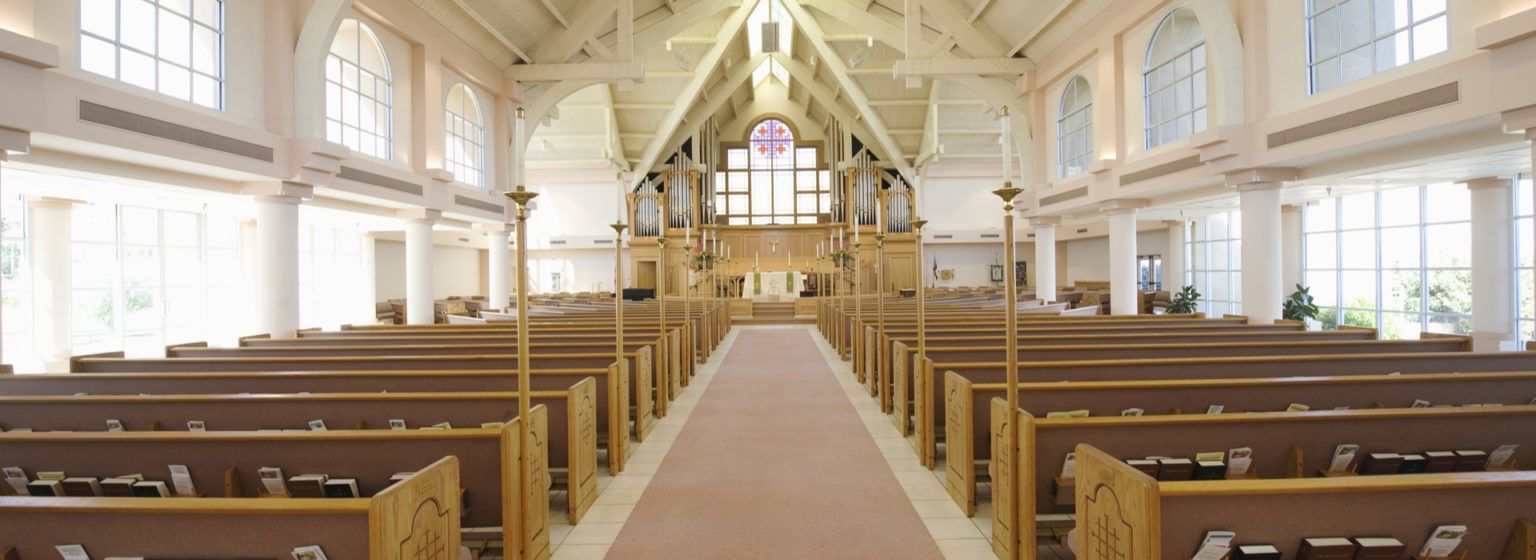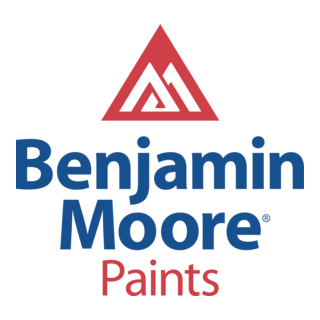Exterior Painting in Rhode Island? Avoid These 6 Common Painting Mistakes
Most Rhode Island homeowners know that exterior painting is one of the best ways to improve its curb appeal and protect it from the elements.
But….. not every homeowner is a professional painter. And that’s okay! You don’t need to be one.
But you do need to know a few basics if you want to avoid costly mistakes. Here’s a quick snapshot of the biggest (potential) pitfalls you face.
1. Skipping Surface Preparation
One of the most critical steps in exterior painting is proper surface preparation. Unfortunately, this step is often overlooked by novice painters, leading to poor adhesion and premature paint failure.
Before painting, it’s important to clean the surface thoroughly to remove dirt, mildew, and loose paint. Sanding the surface also helps create a smooth base for the new paint. What happens when you neglect these steps? Well, you end up with a finish that peels, chips, or flakes off, compromising the durability of your paint job. Trust us, surface prep is no waste of time.
2. Using Low-Quality Paint
Ah yes, the age-old question: is more expensive exterior paint really that much better than the cheap stuff, or is it just good marketing? Let’s put it this way: it’s best not to find out AFTER it’s stuck to your house.
The quality of your exterior paint really does impact both the outcome and longevity of your paint job. Low-quality paint may be cheaper initially, but it often requires more coats and does not withstand weathering as well as high-quality alternatives. Investing in better paint also ensures better coverage, vibrant color, and long-lasting protection, making it a smart move all around.
3. Ignoring Weather Conditions
Rain and fresh paint are a bad combination… It may seem simplistic, but be sure to check the forecast! And not just for rain. Extreme temperatures, high humidity, or direct sunlight can all affect how the paint adheres and dries. Ideal conditions for painting are mild temperatures and low humidity.
4. Not Using Primer
Except for a few very specific scenarios, primer is essential for achieving a durable and professional-looking finish. It helps the paint adhere better to the surface, provides a uniform base for the topcoat, and enhances the paint’s durability. Skipping the primer can lead to an uneven finish and reduced paint longevity, especially on bare wood or surfaces with significant color changes. And don’t forget, always use a primer appropriate for your surface and paint type. Not all primers are the same.
5. Improper Application Techniques
Even with the best paint and primer, improper application can just as effectively ruin your exterior paint job. Common mistakes include applying paint too thickly, not allowing enough drying time between coats, and not using the right tools.
6. Rushing the Job
As with any task in life, patience is crucial. Rushing the process, such as not allowing adequate drying time between coats, can lead to poor results. Paint needs time to cure properly to achieve a durable finish. Follow the recommended drying times and apply multiple thin coats rather than one thick coat to ensure even coverage and a professional look. Rushing the job also can result in serious injuries, especially when ladders are involved. Don’t fall for it!
What’s the Takeaway?
Ready for a recap? Painting your home doesn’t need to be daunting. Just keep these essentials in mind and have a plan before you jump in. If you hire a professional house painter, make sure they’re reputable and that their job proposal is clear and detailed.
Are you realizing that painting your home is a bigger job than you first thought? No worries! At Elco Painting, it’s our speciality. With 40 years of experience in the Rhode Island/Southern MA area, we know how to deliver a quality and long-lasting paint job. Call us today for more information!
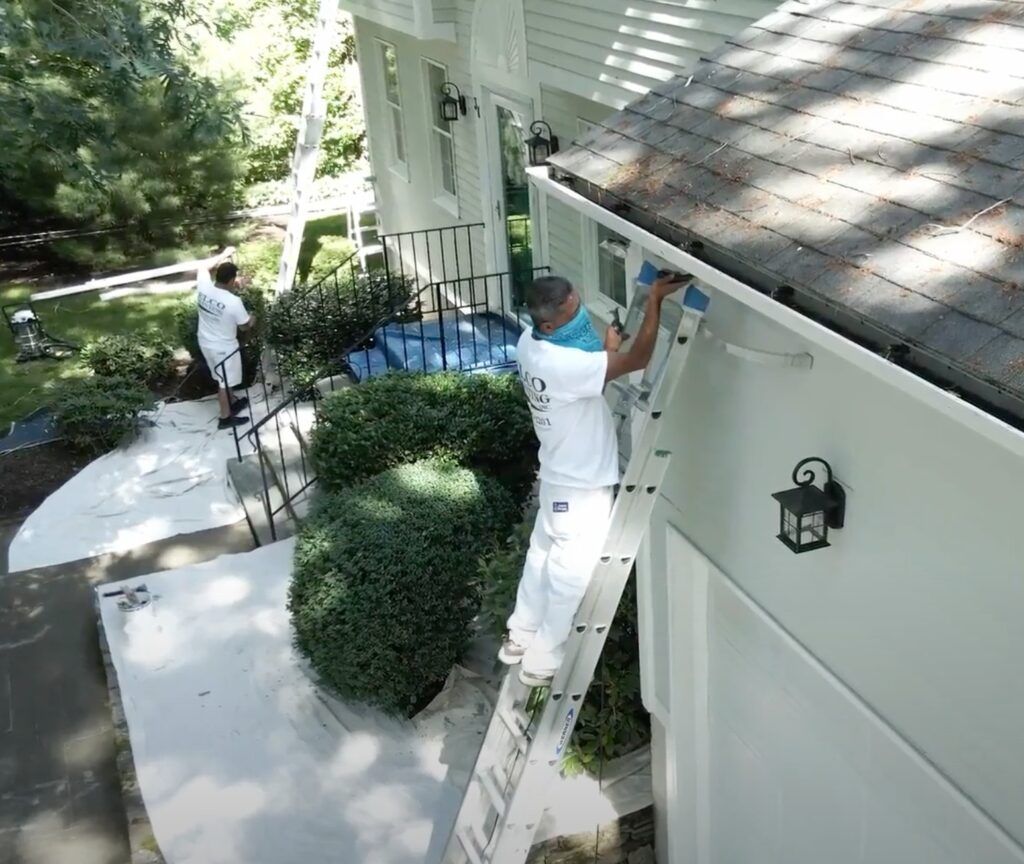
Frequently Asked Questions
Why is surface preparation so important for exterior painting? Surface preparation ensures that the paint adheres properly and lasts longer. It helps remove contaminants that can interfere with adhesion and provides a smooth base for the new paint.
What are the signs of using low-quality paint on an exterior surface? Low-quality paint may show signs of fading, chalking, cracking, and peeling much sooner than high-quality paint. It often requires more frequent touch-ups and repainting.
How can weather conditions affect the outcome of an exterior paint job? Weather conditions like extreme temperatures, high humidity, and rain can affect how the paint adheres and dries. Ideal conditions include mild temperatures and low humidity to ensure proper adhesion and curing.
Is it really necessary to use primer before painting the exterior? Yes, primer helps the paint adhere better, provides a uniform base, and enhances durability. It is especially important on bare wood or surfaces with significant color changes.
What safety precautions should be taken when painting a home’s exterior? Use safety gear like gloves, goggles, and masks. Ensure proper use of ladders and scaffolding, and follow all safety guidelines to prevent accidents.
How long should I wait between coats of paint? The recommended drying time between coats varies by paint type and weather conditions. Generally, waiting at least 24 hours between coats is advised to ensure proper curing.
